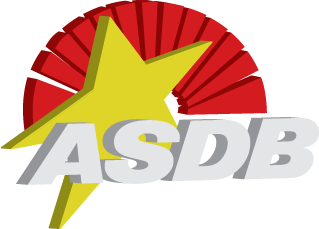A Quick Summary of Transition
- Transition services are intended to prepare students to move from the world of school to the world of adulthood.
- Transition planning begins during high school at the latest.
- IDEA requires that transition planning start by the time the student reaches age 16.
- Transition planning may start earlier (when the student is younger than 16) if the IEP team decides it would be appropriate to do so.
- Transition planning takes place as part of developing the student’s Individual Education Plan (IEP).
- The IEP team (which includes the student and the parents) develops the transition plan.
- The student must be invited to any IEP meeting where postsecondary goals, and transition services needed to reach those goals, will be considered.
- In transition planning, the IEP team considers areas such as postsecondary education or vocational training, employment, independent living, and community participation.
- Transition services must be a coordinated set of activities oriented toward producing results.
- Transition services are based on the student’s needs and must take into account his or her preferences and interests.
(Taken from NICHCY – National Dissemination Center for Children with Disabilities)
IEP Planning
How can you prepare for the IEP?
- Prior to attending your child’s IEP discuss the following questions with your son/daughter:
- What do you want for your son/daughter during the next year and in five years?
- What type of post-secondary training and/or employment do you want your son/daughter to have after finishing high school?
- Where will your son/daughter live after high school?
- What concerns you most about the future of your son/daughter?
- What community and state agencies will provide services to your son/daughter?
- What will your son/daughter do for recreation and leisure activities in the future?
